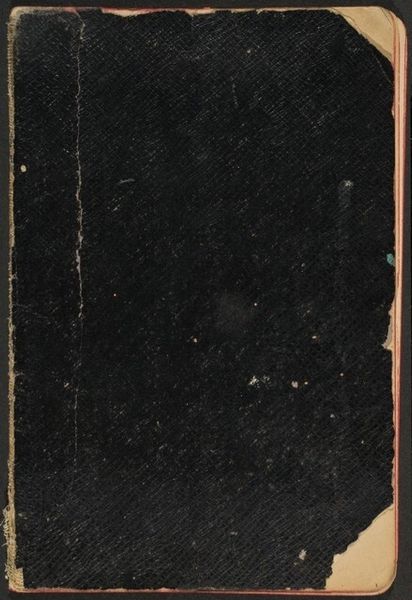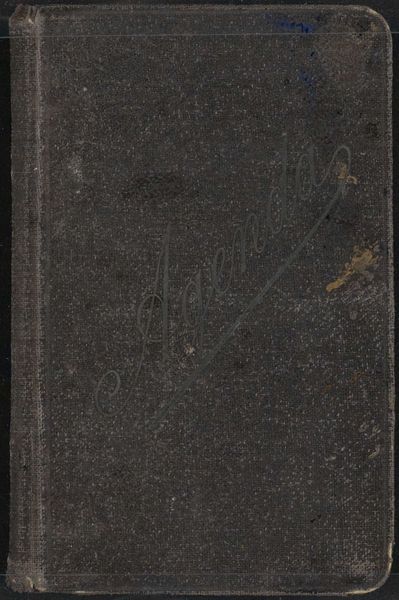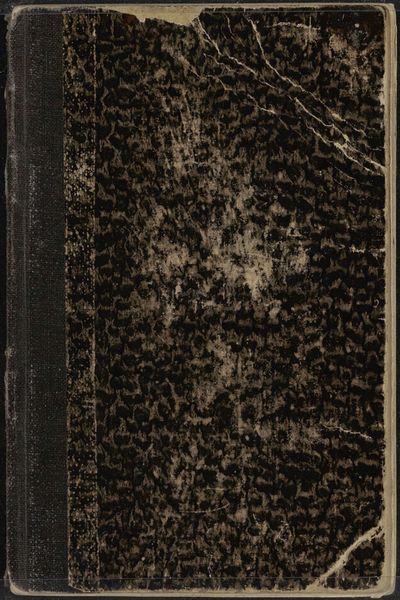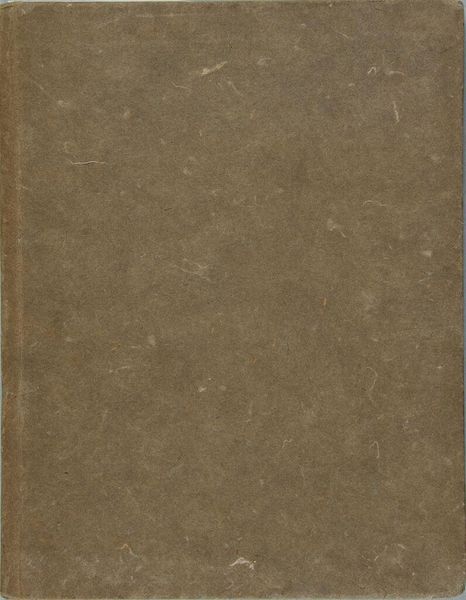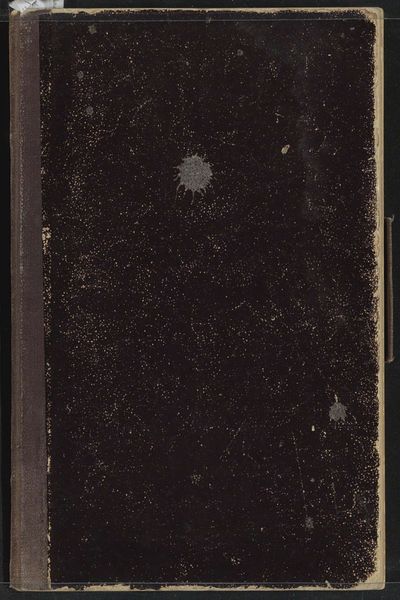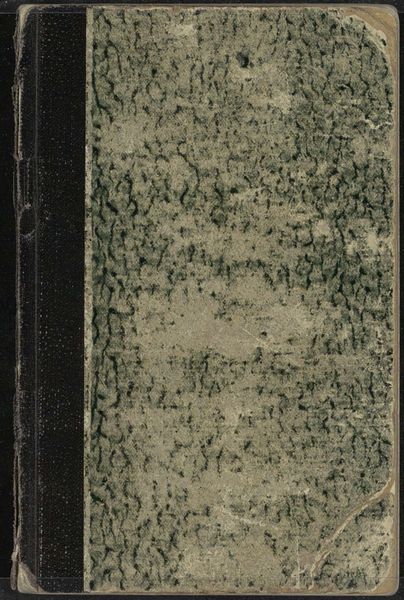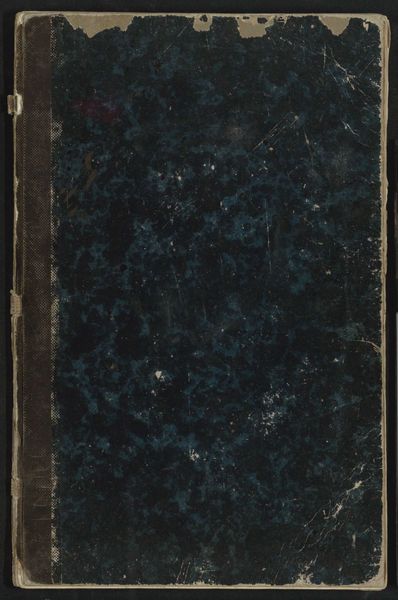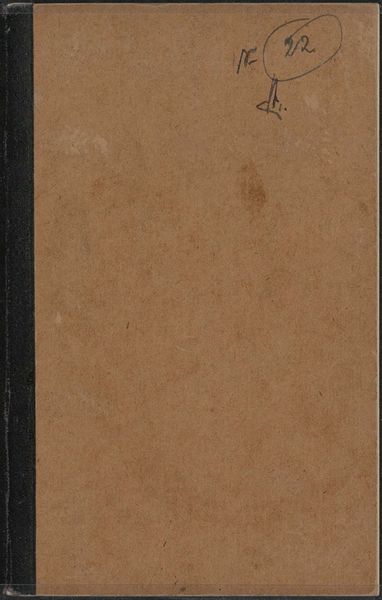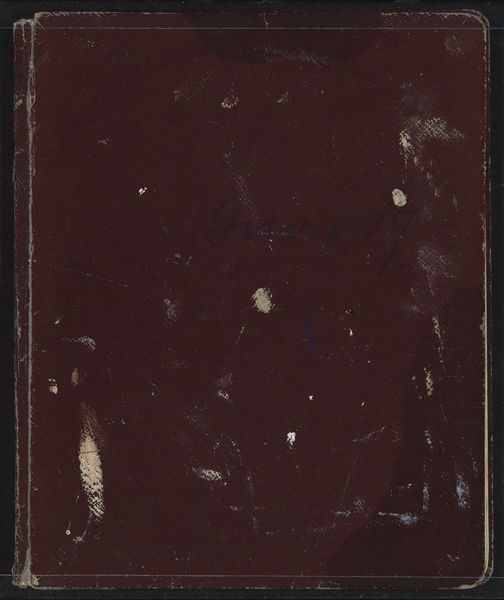
Reisalbum met foto's van bezienswaardigheden in Engeland en Frankrijk 1898 - 1900
0:00
0:00
diversevervaardigers
Rijksmuseum
photography, photomontage, albumen-print
#
book
#
photography
#
photomontage
#
albumen-print
Dimensions: height 379 mm, width 575 mm, width 279 mm, thickness 44 mm
Copyright: Rijks Museum: Open Domain
Curator: Well, let's turn our attention to this object from around the turn of the century: a photo album currently held in the Rijksmuseum. The full title is *Reisalbum met foto's van bezienswaardigheden in Engeland en Frankrijk*, created between 1898 and 1900 by various makers, comprised of albumen prints and photomontage. Editor: Immediately, I notice the weight of its presence. That darkened brown cover suggests age and history. It seems both precious and sturdy. I imagine the labor that went into binding it. Curator: Absolutely. The album itself, regardless of its contents, served as a sort of cultural artifact, speaking to the symbolic nature of travel, of curated experiences presented within. Editor: The very construction interests me – who made this? Were these readily available or something made on commission for middle-class tourism and aspiration? Curator: I wonder, though, about the hands that touched it, that added images, arranged them carefully… these albums provided both a stage for expressing personal narratives, but they also codified certain idealized visions of those places. Editor: Do you think the rise of readily available photography threatened more formal craftwork? I would love to peek inside to analyze the contrast between "fine art" and the increasing use of personal photography for documentation and pleasure. What does photography reveal? Curator: In some ways, it democratized representation, empowering people to create and curate their own images. However, this ease could arguably obscure deeper significances, even spiritual weight, compared to a traditional painting made through intense material struggle. Editor: I see your point about democratization and the shift in what "art" was meant to convey. Something tangible, perhaps more real and reproducible. How labor practices around photographic processes developed intrigues me most here. Curator: It brings together personal experience and codified iconography... It reminds us of the ongoing process of building and preserving individual memories and wider cultural narratives through the tangible object and through visual encoding of experience. Editor: Thinking of this album, not only as an iconographical marker but a physical manifestation of leisure, consumption, and social mobility around 1900 is fascinating to me!
Comments
No comments
Be the first to comment and join the conversation on the ultimate creative platform.
